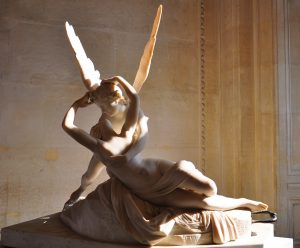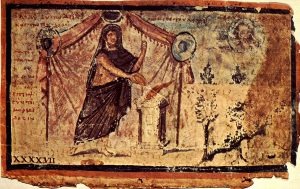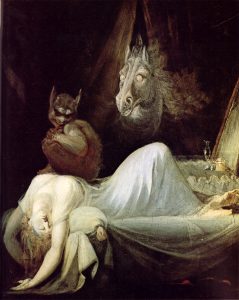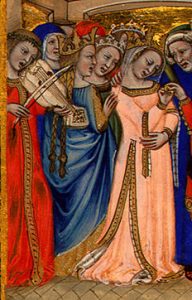
Dangerous Middle East Adventure led him to Writing Desk: The Story of a Former Cold War Spy
“I didn’t have a writing career and didn’t think in those terms. I still don’t. I’ve never really wanted a career in anything. Life’s too short and sweet for that grim, mortgage-in-the suburbs approach”, says John Fullerton, the former spy and journalist who lived and worked in 40 countries and covered a dozen wars.
Read More
The Mind Creates the Beauty: The Editor’s Commentary on Neoclassicism
Rococo, or in French Rocaille, ended the period of baroque in grand style. Asymmetry, numerous decorations, diverse motifs – they were all parts of this style whose purpose was to impress and evoke fascination, awe and admiration. The generation that grew up in the mid- 18th century had different interests. These were the artists and students who went on a Grand Tour through Greece and especially Italy where they acquired experience and knowledge about the antiquities of Ancient Greece and Rome. The period of neoclassicism that commenced during the mid-century coincided with the scientific discoveries and the Age of Enlightenment that also marked this period.
Read More

